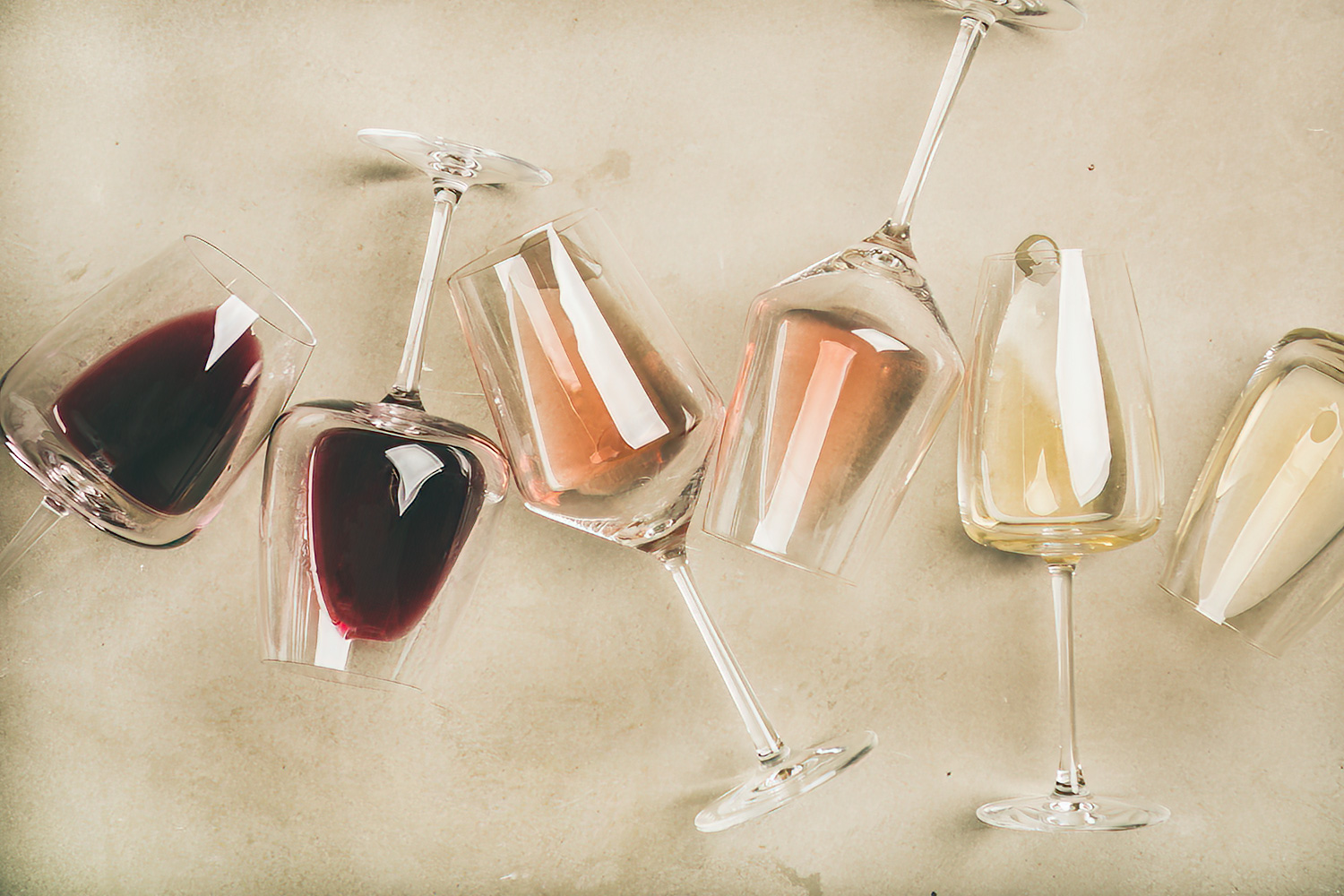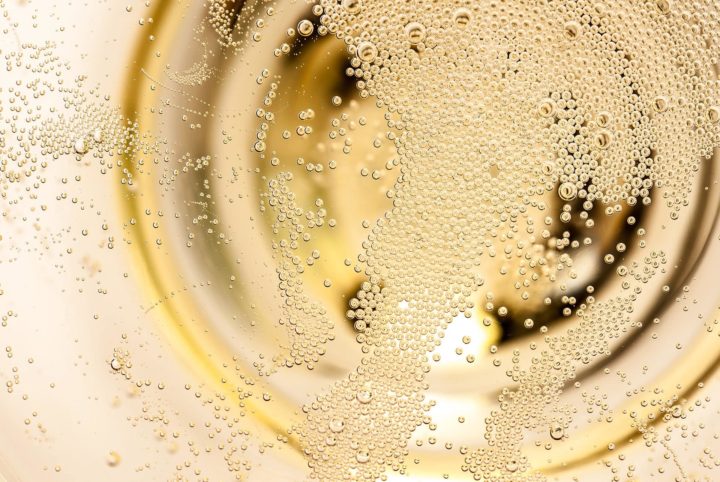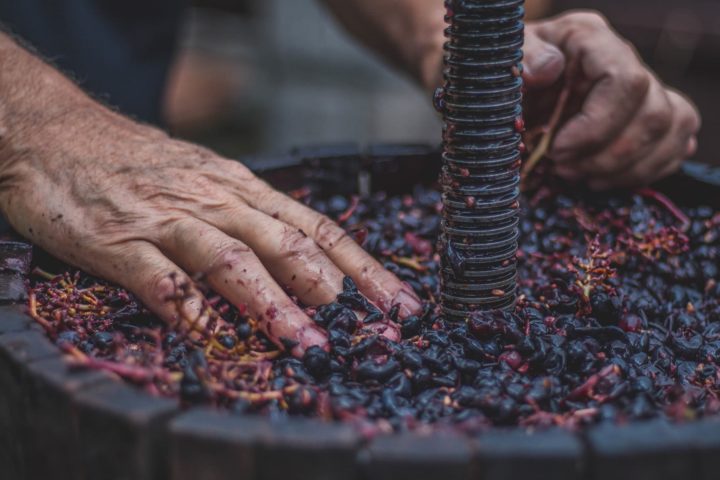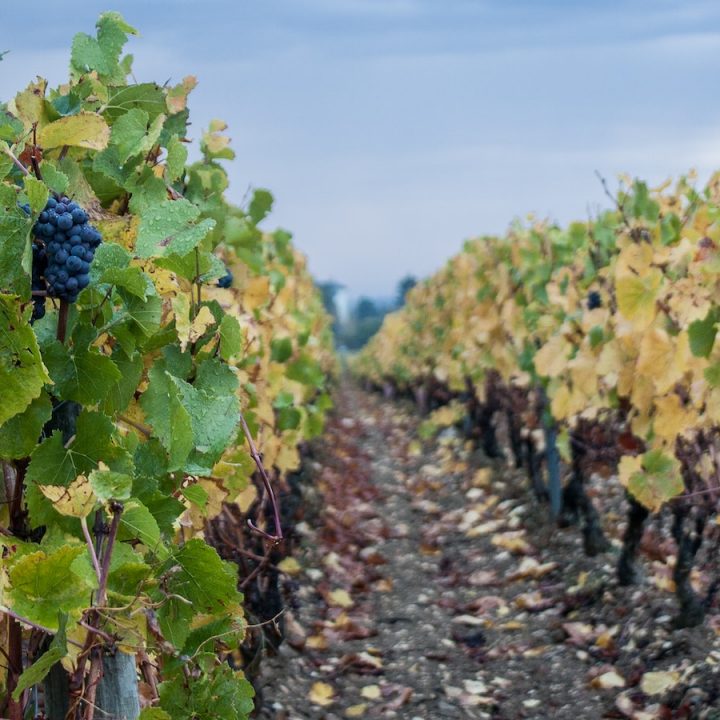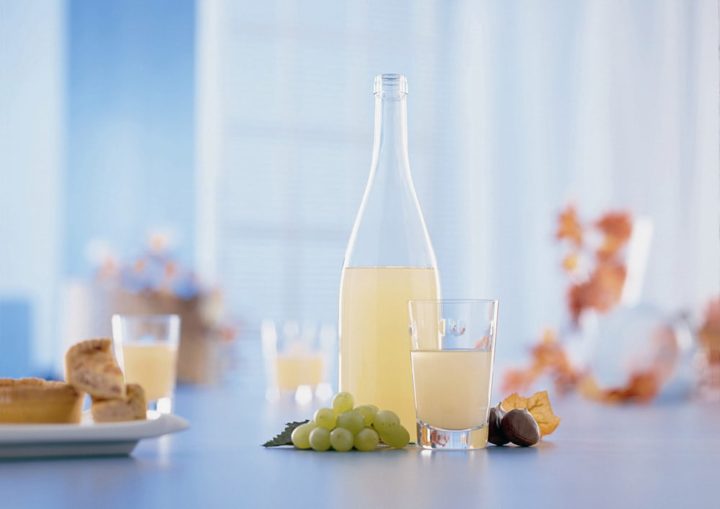Imagine yourself sitting in a comfortable armchair, a glass of your favorite wine in your hand. You bring the glass to your lips, take a sip and… Wow! It’s more than just a drink, it’s an experience. Each sip tells a story that goes from the vine to the glass. But have you ever wondered how much impact the right wine glass has on that experience?
Now imagine you could intensify that experience. You could bring out the many flavors even more, refine the taste and unleash the full potential of its bouquet. How? By enjoying it from the right wine glass. In this article we take you on a journey, in search of the perfect wine glass. A glass that is not just a container, but an instrument that allows the wine to breathe, showcasing its aromas and directing them to your nose and palate. Are you ready to take your wine experience to the next level? Let’s go!
Why is the right wine glass so important?
Imagine you have a first-class wine, but you drink it from a paper cup. Does that sound like an optimal wine experience? Hardly. The glass you drink your wine from plays a crucial role in the development of the aromas and the overall taste experience. But why is that?
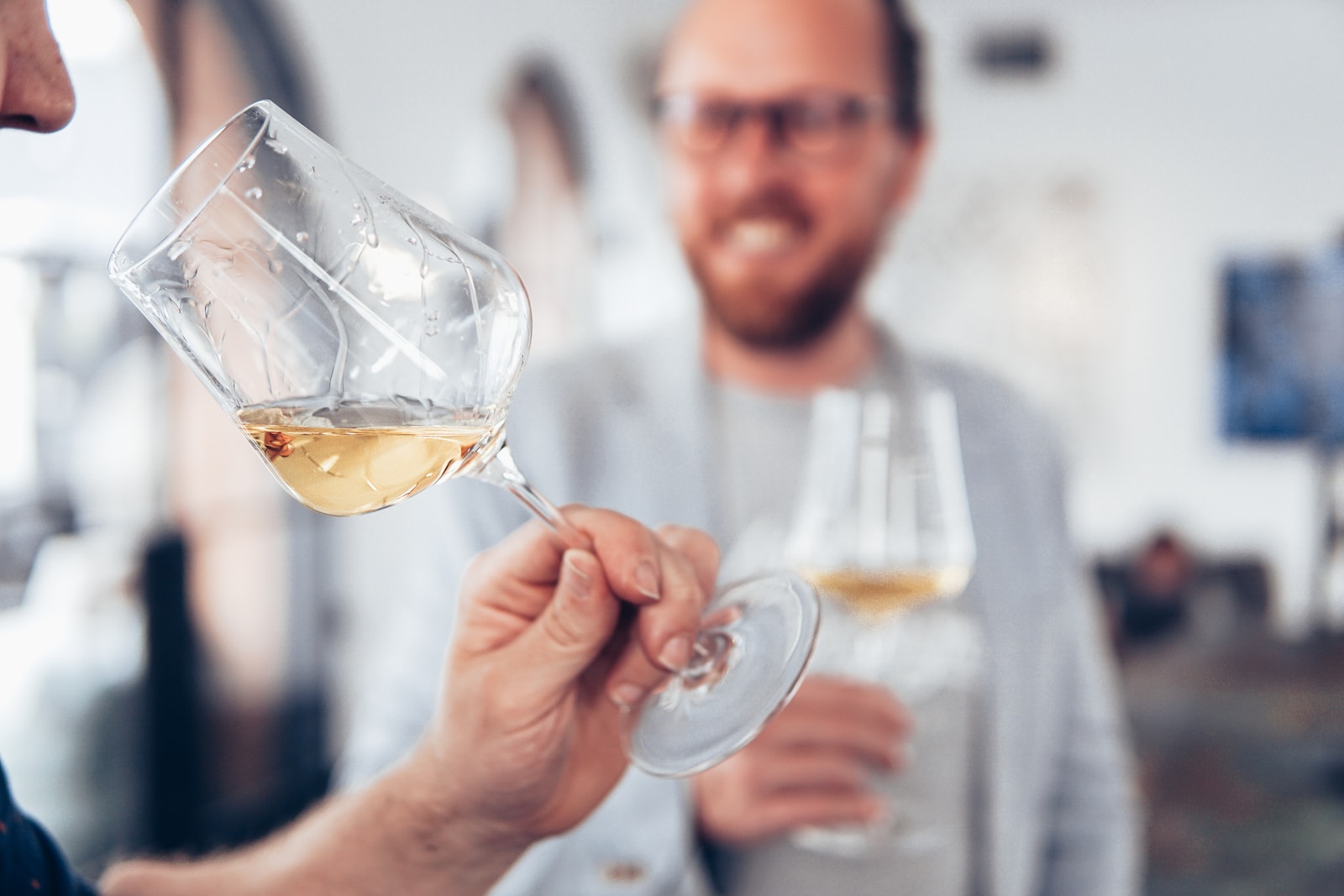
The role of the wine glass
A wine glass is not just a container, it is an instrument. It is the medium that allows the wine to breathe, concentrating its aromas and directing them directly to your nose and palate. It can bring out the finest nuances and enhance the bouquet of the wine. It is like the canvas for a painter or the instrument for a musician – it allows the wine to reach its full potential and tell its story.
The science behind the wine glass
It may come as a surprise, but there is actually a lot of science behind the shape and size of a wine glass. Different glasses are designed to enhance certain types of wines by concentrating and directing wine flavors in different ways. The shape of the glass can influence how the wine hits the taste buds and which aromas are perceived most strongly. A wide glass, for example, allows the wine to breathe and brings out the complex flavors of a full-bodied red wine, while a narrow glass concentrates the flavors of a delicate white wine and preserves its freshness.
You are currently viewing a placeholder content from YouTube. To access the actual content, click the button below. Please note that doing so will share data with third-party providers.
More InformationImprove the experience
Choosing the right wine glass can take your wine experience to a whole new level. It can make the difference between a good wine and a great wine. It can help you discover and appreciate the complexity and depth of your wine. It can even make the difference between whether you like a wine or not. Because a good wine in a wrong glass can lose its magic, while an average wine in a good glass can surprise.
So, the next time you open a wine, remember: the glass makes all the difference. It is the invisible hero that shapes and enhances your wine experience. It is the key to discovering and enjoying the full potential of your wine. And who knows? You may discover a whole new side to your favorite wine by choosing the right glass.
The different types of wine glasses
The world of wine glasses can seem overwhelming at first. There are so many different shapes and sizes, and each glass seems to be made for a specific wine. But don’t worry, we’ll go over the different types of wine glasses and explain what makes each glass unique and what wine is served in it.
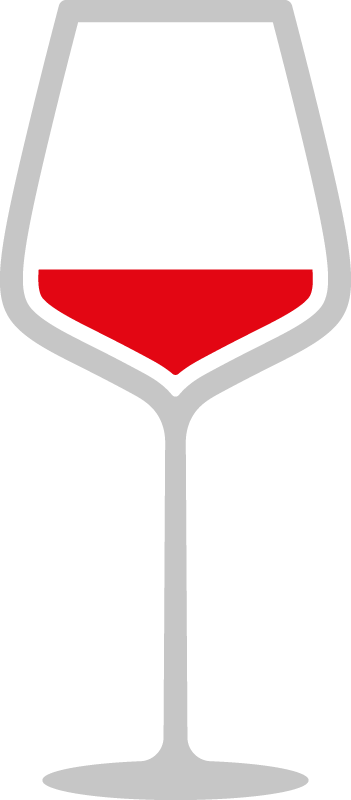
Bordeaux glasses
For strong red wines such as Cabernet Sauvignon, Cabernet Franc and Bordeaux cuvées, the full-bodied Bordeaux glass is recommended. This glass has a tall, wide goblet that gives the wine more surface area to develop its aromas and a wider opening that allows more fragrance to reach the nose. The increased surface area allows the ethanol to evaporate better, which makes the wine taste smoother.
- Cabernet Sauvignon
- Cabernet Franc
- Merlot
- Petit Verdot
- Bordeaux Cuveés
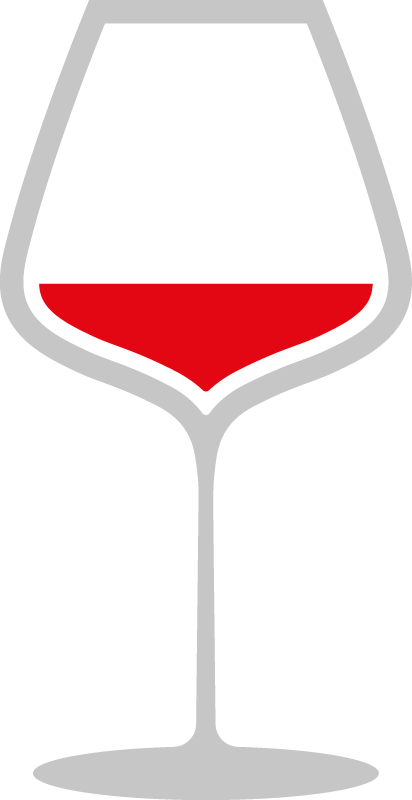
Burgundy glasses
The Burgundy glass is also known as an aroma collector and is ideal for lighter red wines such as Pinot Noir, but is also the right choice for Chardonnay and Rosé aged in wooden barrels. The wide goblet of the Burgundy glass directs the wine to the tip of the tongue, allowing the drinker to perceive the nuances of flavor, and the narrow rim makes sipping easy. Wines to drink from a Burgundy glass also include Beaujolais, Barbaresco, Barolo, Barbera and Dolcetto.
- Pinot Noir
- Nebbiolo
- Gamay
- Chardonnay (from the barrique)
- Beaujolais
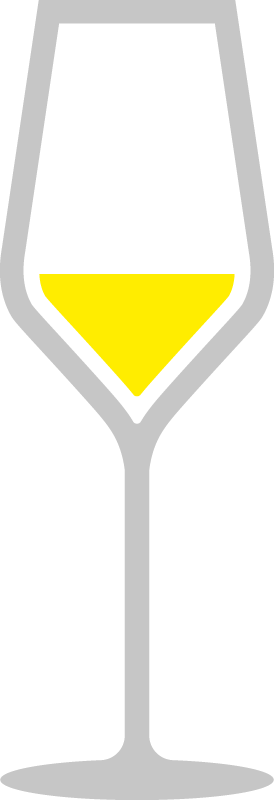
White wine glasses
White wine glasses are usually smaller and narrower than red wine glasses. They are designed to preserve the freshness and aromas of white wines. The narrow shape of the glass keeps the wine cool and concentrates the delicate aromas. The narrow mouth of the glass directs the wine to the center and tip of the tongue, where the perception of sweetness and acidity is strongest, highlighting the fresh, fruity aromas of white wines.
- Sauvignon Blanc
- Pinot Grigio
- Riesling
- Chenin Blanc
- Grüner Veltliner
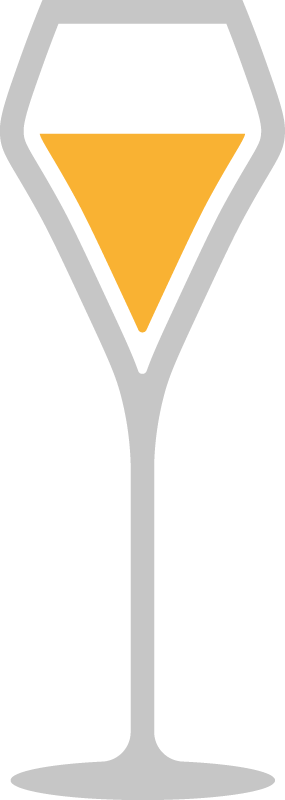
Dessert wine glasses
Dessert wine glasses are smaller than other wine glasses because dessert wines are usually served in smaller quantities. They are designed to emphasize the sweetness of the wine and concentrate its aromas. The narrow mouth of the glass directs the wine to the tip of the tongue, where the perception of sweetness is strongest, highlighting the sweet aromas of dessert wines.
- Port wine
- Sherry
- Sauternes
- Ice wine
- Moscato

Champagne glasses
Champagne glasses, also called flutes, are tall and narrow to retain the carbonation and flavors of the champagne. The narrow shape of the glass keeps the bubbles longer and concentrates the aromas of the champagne. The narrow mouth of the glass directs the champagne to the center of the tongue, highlighting the tangy acidity and subtle flavors of the champagne.
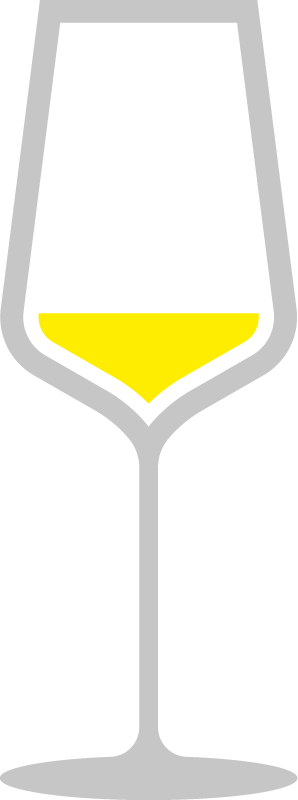
Universal glasses
Universal glasses are a kind of all-purpose wine glass. They have a shape that falls somewhere between a Bordeaux and a Burgundy glass and are designed to show off a variety of wines well. Two particularly popular universal glasses are the Gabriel glass and the Zalto Universal. Both glasses are highly appreciated by wine lovers for their versatility and elegant design. They are designed to highlight the flavors of a variety of wines while providing a pleasant drinking experience.
Glasses for specific grape varieties
Some manufacturers, such as Riedel, offer wine glasses designed specifically for certain grape varieties. These are designed to highlight the specific aromas and characteristics of each grape variety. The theory behind it: To get the absolute maximum out of each wine.
However, you should keep in mind that these varietal-specific glasses are more of a luxury than a necessity. They are completely unsuitable for the normal wine lover and meanwhile many sommeliers also prefer a good universal glass. As a rule, this glass mania rather increases the sales of the manufacturer and not the enjoyment experience of the wine lover.
A good all-purpose glass and a good Burgundy glass are the two most important glasses for me and are usually more than sufficient to show off the vast majority of wines to their best advantage.
Machine made vs. mouth blown wine glasses
When you set out to find the perfect wine glass, you’ll come across two main types of glasses: machine-made and hand-blown. Both have their advantages and disadvantages and offer a different drinking experience. But what exactly are the differences and which glass is right for you?
Machine made glasses
Machine-made glasses, as the name suggests, are made with the help of machines. They are usually cheaper than hand-blown glasses and offer high breakage resistance and suitability for everyday use. They are often slightly heavier and have thicker walls, which makes them more robust and durable. A good example of a machine-made glass is the Gabriel Glass StandArt. It offers excellent quality at an affordable price and is an excellent choice for everyday use.
Mouth blown glasses
Mouth-blown glasses, on the other hand, are handmade and require a high level of craftsmanship. They are often lighter and have thinner walls, giving them a more refined and elegant feel . They are usually more expensive than machine-made glasses and can be a bit more fragile. An example of a mouth-blown glass is the Gabriel Glass Gold. It offers an exceptional drinking experience and is an excellent choice for special occasions or for wine lovers who want to get the absolute most out of their wine.
You are currently viewing a placeholder content from YouTube. To access the actual content, click the button below. Please note that doing so will share data with third-party providers.
More InformationThe choice is yours: elegance or practicality?
Mouth-blown glasses always feel a bit finer and more elegant, which of course affects the enjoyment experience. However, there is no sensory influence on the wine. A Gabriel Glass StandArt and a Gabriel Glass Gold have the same shape, the same height and differ only in the wall thickness, their weight and especially in the price. Which glass you ultimately choose depends on your personal vision, budget and taste. It’s always a good idea to try different types of glass to find out which one is right for you. At the end of the day, it’s all about enjoying and enhancing your wine experience, and the right wine glass can play a big part in that.
The art and science of choosing wine glasses
ock as interesting and important as all these factors are, it’s important to remember that we don’t have to overdo it. Yes, a hand-blown glass may feel finer and more elegant, and a specific glass for a particular grape variety may theoretically get the most out of a wine. But at the end of the day, the most important thing is that you really enjoy your wine.
Two to three different wine glasses are more than enough for the vast majority of wine drinkers. With a good all-purpose glass, a Burgundy glass for multi-layered wines, and a Champagne glass for sparkling wine, you’ll cover a wide range of wines and enhance your wine enjoyment. And remember, the perfect wine glass is the glass you have on hand.
So whether you’re on the hunt for the perfect wine glass or just pulling your favorite glass out of the cabinet, the most important thing is that you enjoy your wine experience. Because at the end of the day, it’s about enjoying the moment, appreciating the history of wine and celebrating life. Cheers!
